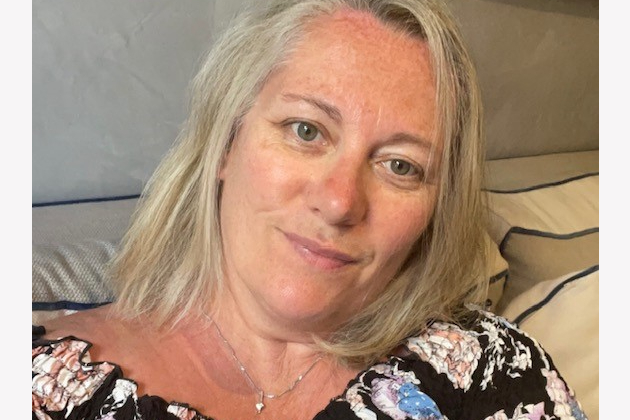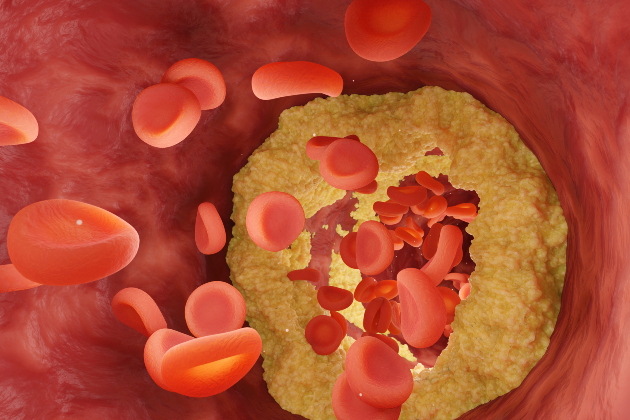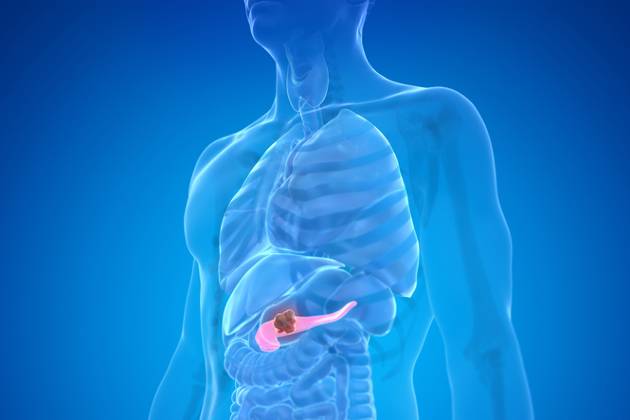Drug-related deaths can be preventable, so why have they continued in such high numbers across the UK over the past decade?
Safer injecting facilities could be a step towards harm reduction for drug users. These are medically supervised services where people can use their own drugs, overseen by trained staff who can intervene to prevent overdose. This was a hot topic at RCN Congress 2022, where members voted to lobby the UK government to support the introduction of safer injecting facilities.
Existing facilities have shown to be effective in reducing drug-related deaths by offering wider support, engaging people who use drugs with other services (such as health care and housing), reducing harm (such as becoming infected with a blood-borne virus through unclean needles and poor technique), reducing antisocial behaviour, and encounters with the police.
We engage with some of the hardest to reach people in the community
There are safer injecting facilities around the world, offering the service in different forms, including in Europe, North America and Australia.
There are two heroin-assisted treatment services in the UK in England and Scotland. These are places where people have prescribed diamorphine (pharmaceutical heroin) and inject themselves in a safe, sterile space. This is different to a safer injecting site, where people would use their own procured drugs, but would still have access to a multidisciplinary service team and support.
Service in action
Lynn Macdonald is a service manager at a heroin-assisted treatment facility in Glasgow called the Enhanced Drug Treatment Service (EDTS), which opened in 2019.

“We engage with some of the hardest to reach people in the community. They could be people who have tried using traditional alcohol and drug recovery services in the past and it hasn’t worked for them. They can sometimes be the most marginalised people and they have a very high risk of death and blood-borne viruses,” Lynn explains.
“We have a wrap-around service, which means they can come to our facility and get everything that they need, from medication to social support, help with benefits to access to housing. We engage with them and make sure their physical and mental health needs are met.”
So far, Lynn reports, there’s been no deaths of people who actively use the service. “This shows it’s working for people in reducing overdosing and other lethal risks,” she says.
The difference between people using prescribed drugs and those they have procured can make people feel uncomfortable and potentially at risk of breaching their professional code, she says. “There’s anxiety about facilitating crime as service users would be buying illicit drugs. This is one of the stumbling blocks, as this would still currently fall under the Misuse of Drugs Act and therefore breach legislation. However, a safer injecting facility would allow for drugs to be taken in a safe environment, with clean equipment and nurses on hand, preventing overdoses and transmission of blood-borne viruses.”
Reducing the stigma
While people interacting with EDTS haven’t ceased all illicit drug use, they’ve reduced their drug use significantly, Lynn explains. “We use a screening process that can identify if a person has used prescribed diamorphine that we’ve given them or other drugs, so we can tell a lot about their pattern of use.”
Lynn has seen people access accommodation, who were previously sleeping on the streets. She has witnessed fewer hospital admissions, prison admissions, improved physical and mental health, and a reduction in crime on a local level. “People are coming to see us twice a day and are getting a lot from it,” she says.
Promoting harm reduction is one of the main ambitions of EDTS. “There’s a snowball effect also, as service users talk to other people, educate them on things such as good injection technique and safe practice, and encourage others to come and visit us,” Lynn says.
It’s so important to make people realise that this is about saving lives, not enabling drug use
There’s also an impact on the wider community. “Education is a big part of this, and we’ve done a lot of engagement work with the local community and community councils,” she says. A lot of the work the facility does is attempting to reduce the stigma around this type of service.
“We are educating people on what we do and why it’s a necessary service. Some will ask us ‘Does it not encourage people to use heroin?’ and I think, ‘Does it make you want to use heroin?’ It’s so important to make people realise that this is about saving lives, not enabling drug use.”
Lynn has spoken to people who have concerns about people coming to the facility and that leading to more needles on the street. “We actually reduce this issue because we dispose of all equipment safely,” she adds.
Ultimately, it’s the stigma around drug abuse that is the main stumbling block towards legislation over safer injecting sites, Lynn believes. “We all need to work on this. We need to start thinking of problematic drug use as a health issue, not a social issue. It should be treated like any other illness,” she says.
Legislative barriers to safer injecting sites
Scotland started its journey to support safer injecting facilities back in 2018 after a particularly high number of drug-related deaths. The legal framework relating to the Misuse of Drugs Act falls under the remit of UK government, and the Scottish government is calling for drug powers to be devolved. However, the UK government has opposed calls to introduce the legislative changes needed to support the trial or rollout of these facilities in Scotland.
At RCN Congress 2022 in Glasgow, delegates heard that the Scottish government is exploring options for the introduction of safe injection facilities and that it disagrees with the UK government about the legal changes required to allow for them in Scotland. RCN members voted to lobby the UK government to support the introduction of safer injecting facilities.
More information
- RCN members can watch a recording of the debate at Congress 2022 here.
- Read Dame Carol Black’s independent review of drugs, produced to inform government thinking on tackling the harm that drugs cause.








